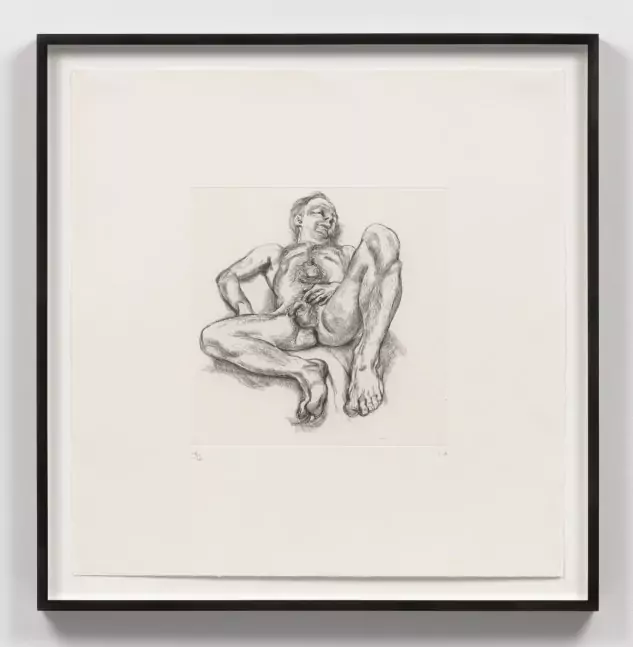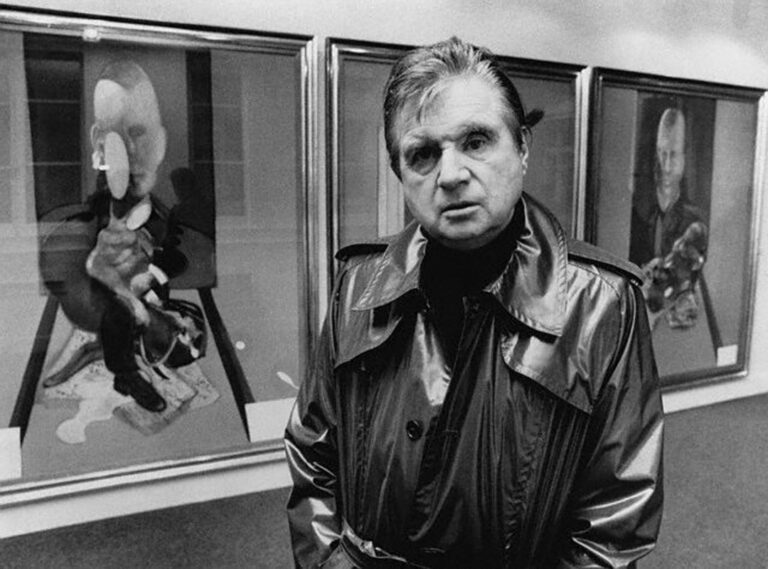Looking for a muse? Check no further. Discover the Best of Art, Culture, History & Beyond!

Few artistic dialogues in modern art are as visceral, as deeply human, and as psychologically intense as the one between Francis Bacon and Lucian Freud. Two titans of 20th-century British painting, their work explores the fragility of the human form, the tension between reality and distortion, and the raw intensity of existence. While their styles and techniques diverged, their obsession with the body—its weight, its decay, its presence—formed the backbone of their artistic relationship.
Bacon: The Brutality of Flesh
Francis Bacon was a painter of violence—not in the literal sense of war or combat, but in how he rendered flesh. His subjects seem trapped in an existential struggle, caught between movement and obliteration. Faces are smeared, bodies twisted, and backgrounds reduced to stark geometric cages. His technique—layering paint with smears, scrapes, and distortions—heightened the sensation of bodies in flux.

A work like Study from the Human Body (1987) exemplifies his ability to strip the figure of its identity, reducing it to a primal, almost meat-like presence. His Triptychs—fragmented narratives of anguish—echo religious altarpieces, but instead of saints, they depict figures in torment, twisted by an unseen force. Bacon’s figures exist in a space between violence and vulnerability, desire and destruction.
Freud: The Weight of Reality
Lucian Freud, in contrast, was a painter of flesh in the most literal sense. His figures do not dissolve into abstraction but sit, heavy with reality, under the weight of his brush. His subjects—whether a reclining nude or a portrait of a friend—are painted with a hyper-attentiveness that captures every imperfection.

Works such as Woman with an Arm Tattoo (1996) and Naked Man on a Bed (1990) reveal Freud’s relentless focus on the body’s physicality. His brushwork is thick, sculptural, each stroke adding to the sense of weight, of presence. Unlike Bacon’s figures, which seem to exist in an uncertain void, Freud’s subjects are uncomfortably close, their skin almost tangible, their flesh undeniably present.

Two Sides of the Same Coin?
Despite their differences, both artists shared an intense dedication to exploring the human condition. Bacon’s figures scream, dissolve, and mutate, revealing the chaos within. Freud’s subjects, though still, seem equally exposed—there is no escape from the gaze of the painter, nor from the scrutiny of the viewer.
If Bacon’s paintings show us the body at its most existentially fragile, Freud forces us to sit with its reality, its mortality, and its weight. Together, they redefine the possibilities of portraiture—one through distortion, the other through unflinching realism. Their work is not just about paint on canvas; it is about what it means to be human.

This article is published on ArtAddict Galleria, where we explore the intersections of art, history, and culture. Stay tuned for more insights and discoveries!
